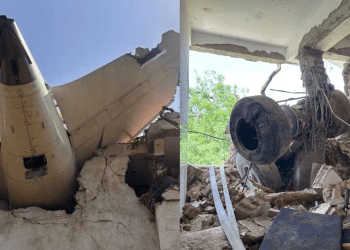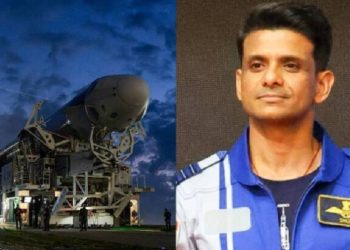New Delhi: Indian Space Research Organization (ISRO) has achieved yet another success today. Originally ISRO has launched Small Satellite Launch Vehicle-03. The SSLV-D3-EOS-08 mission then coincides with another successful projection of the second test flight of the Small Satellite Launch Vehicle (SSLV-D2-EOS-07) in February 2023.
Today's mission is the third in 2024 for the Bengaluru-headquartered space agency after the successful launch of PSLV-C58/XpoSat in January and GSLV-F14/INSAT-3DS mission in February. ISRO said then that the SSLV-D3-EOS08 mission – the six-and-a-half-hour countdown before launch began at 02.47 hrs IST.
The launch will take place at 9:19 am
According to information received by ISRO, the smallest SSLV rocket with a height of about 34 meters was initially planned to be launched on August 15 at 9.17 am and later on August 16 at 9:19 am. The rocket was then launched from the first launch pad of the Satish Dhawan Space Center this morning.
This satellite will have so many benefits
ISRO said that one of the primary objectives of the SSLV-D3-EOS-08 mission is to design and develop a microsatellite. It also aims to build payloads compatible with microsatellites and incorporate new technologies required for future operational satellites. With today's mission, ISRO completed the developmental flight of the smallest rocket, which can carry satellites weighing up to 500 kg.
These satellites can be placed in low earth orbit (500 km above the earth). The mission will also boost NewSpace India Limited, the commercial arm of Isro. Now with the help of Newspace India Limited, commercial launch can be done using vehicles carrying small satellites in collaboration with industry.
The mission of this spacecraft is one year. Its weight is around 175.5 kg. Which generates about 420 watts of power. ISRO said that SSLV-D3/IBL-358 is the satellite interface with the launch vehicle. The first payload, EOIR, is designed to photograph in both the day and night conditions, in the mid-wave IR (MIR) and long-wave IR (LWIR) bands. It is used for applications such as satellite-based monitoring, disaster monitoring, environmental monitoring, fire detection, volcanic activity monitoring, and industrial and lightning disaster monitoring.
The second GNSS-R payload demonstrates the potential of using GNSS-R-based remote sensing for applications such as sea surface wind analysis, soil moisture assessment, cryosphere studies in the Himalayan region, flood detection, and inland reservoir detection.




















 SSLV-D3/EOS-08
SSLV-D3/EOS-08 Mission:
Mission:












